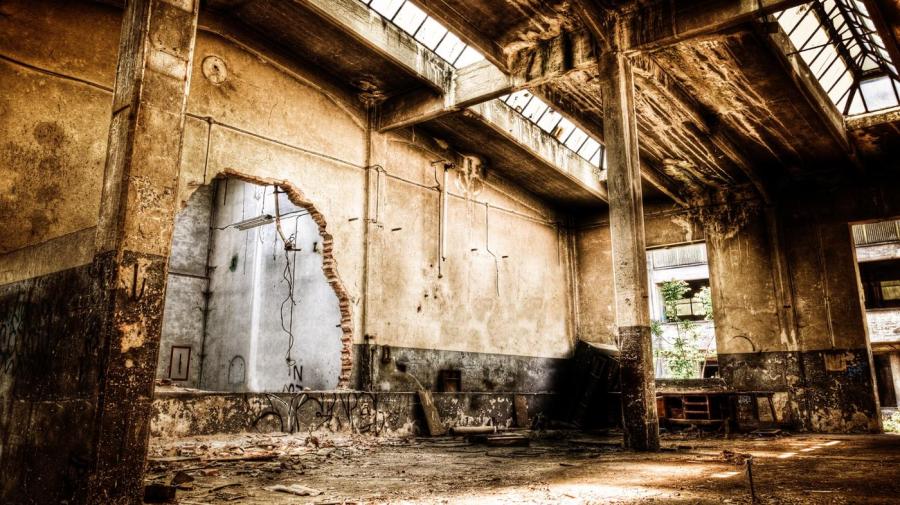How Was Factory Life During the Industrial Revolution?

Factory life during the Industrial Revolution was exhausting, unsanitary and dangerous. Factories were damp, noisy, poorly ventilated and badly lit. Workers often had to labor for 12 to 14 hours a day with very few breaks.
Since work in factories required dexterity rather than brute strength, factory owners hired women as well as men and also children as young as 6 years old. Owners often sent children between and below pieces of heavy machinery, and many children were mangled and killed. Children were paid only a tiny percentage of an adult salary, and some children, such as orphans, received no pay. Children were also verbally abused and beaten. Schools were out of the question for kids who worked in factories. Women were also treated horrendously, and they earned less than men and were sometimes sexually assaulted. Men, women and children had no job security, as they could be easily replaced.
Because industrialized areas could not keep up with the housing demands of the ever-increasing populace flocking from the countryside to the cities searching for work, tenements sprang up near factories. These were filthy, overcrowded hovels with no sanitation or heating. When factory workers finally returned home after their overlong shifts, their squalid living quarters gave them no respite from the wretched factory conditions.





